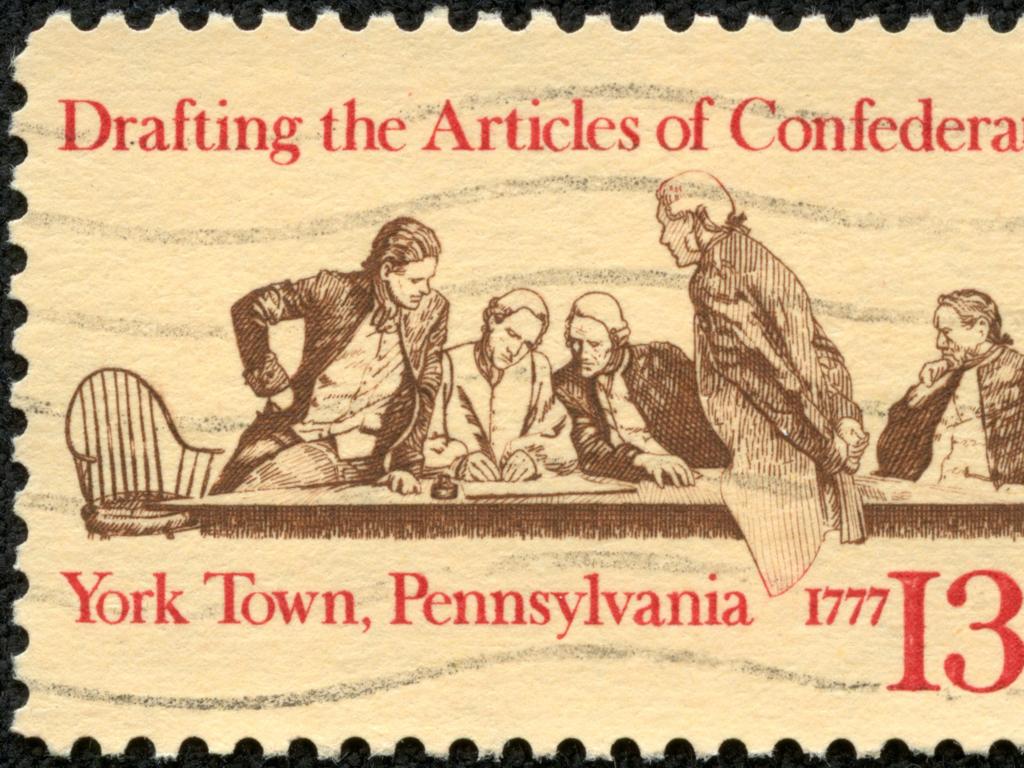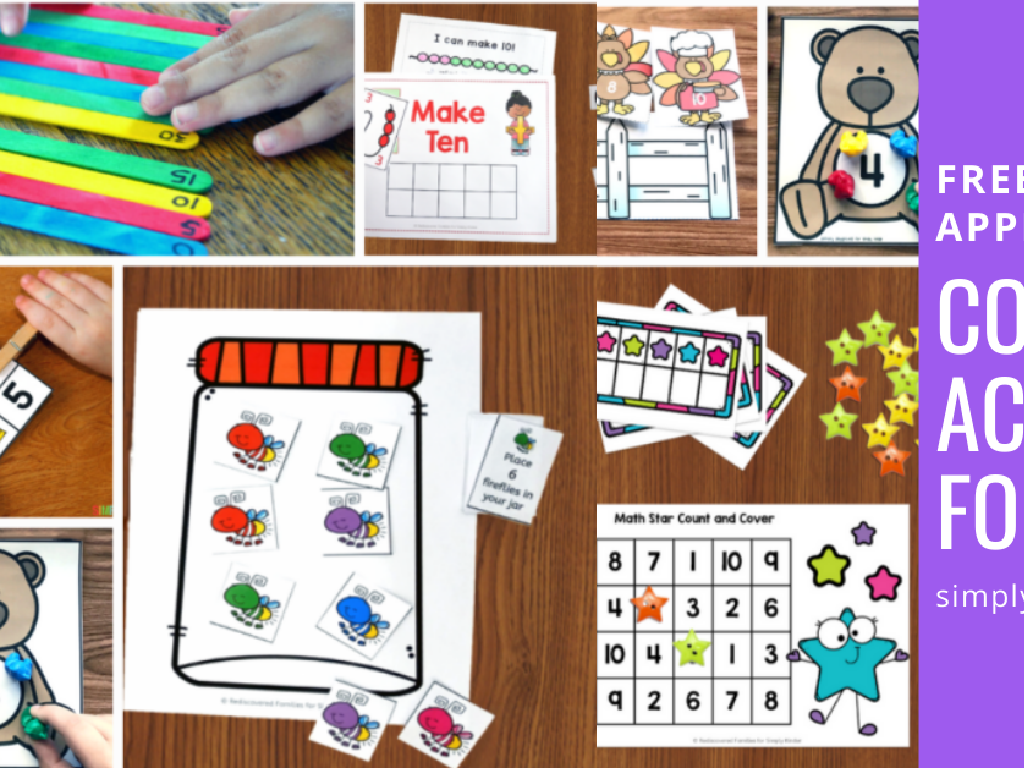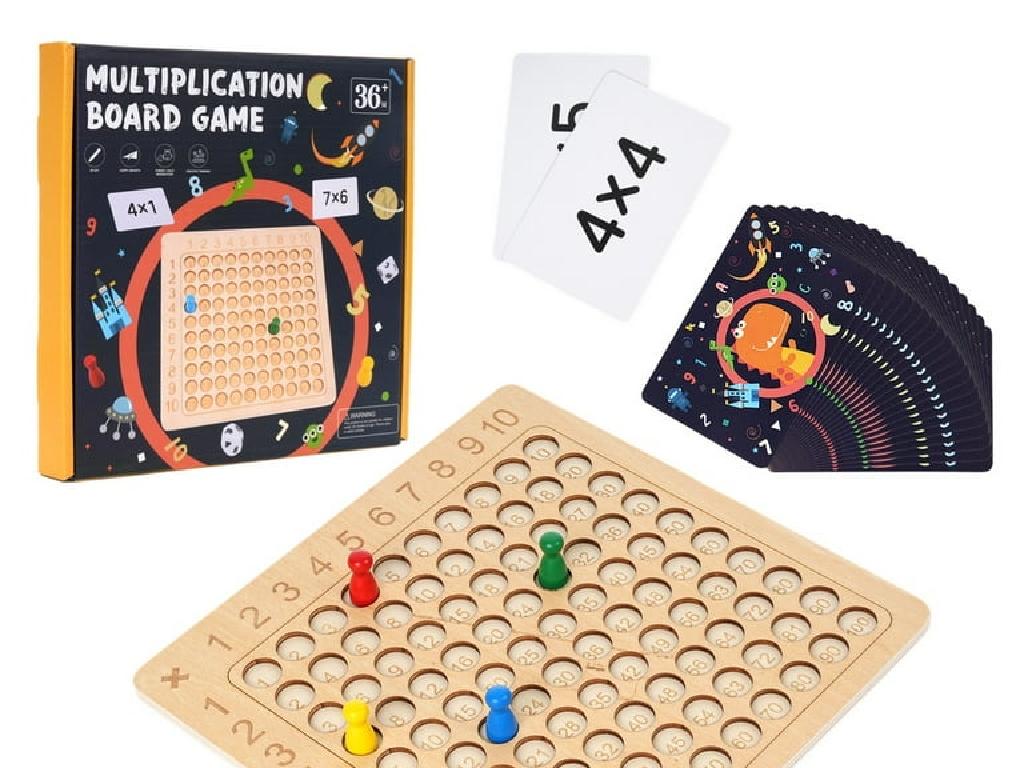Find The Constant Of Proportionality From A Graph
Subject: Math
Grade: Seventh grade
Topic: Proportional Relationships
Please LOG IN to download the presentation. Access is available to registered users only.
View More Content
Finding the Constant of Proportionality
– Understand proportional relationships
– A proportional relationship has a constant ratio between two quantities.
– Real-life proportionality examples
– Examples: speed (miles/hour), recipe ingredients
– Today’s goal: constant from a graph
– The constant of proportionality is the ratio that relates the two quantities in a graph.
– Graphs show proportionality visually
– Points on the graph lie on a straight line through the origin.
|
This slide introduces the concept of proportional relationships and sets the objective for the class, which is to find the constant of proportionality from a graph. Begin by explaining that in a proportional relationship, two quantities increase or decrease at the same rate. Use relatable examples like speed or cooking recipes to illustrate this concept. Then, guide students to understand that the constant of proportionality is the value that describes this consistent rate and can be found by examining the slope of the line in a graph. Emphasize that in a graph representing a proportional relationship, all points will lie on a straight line that passes through the origin (0,0). Encourage students to look for this pattern in graphs and to practice finding the constant of proportionality in various examples.
Understanding Proportionality
– Define proportionality
– Proportionality means two quantities increase or decrease at the same rate.
– Constant of proportionality (k)
– ‘k’ represents the constant rate at which y changes with respect to x.
– Proportionality in daily life
– Examples: recipes, currency exchange, and speed.
– Graphing proportional relationships
– A straight line through the origin (0,0) shows a proportional relationship.
|
Introduce the concept of proportionality by defining it as the relationship between two quantities that change at a constant rate. Explain the constant of proportionality, denoted as ‘k’, which is the ratio between two proportional quantities. Illustrate with everyday examples like doubling a recipe or converting currency to make the concept relatable. Emphasize that on a graph, proportional relationships are represented by a straight line that passes through the origin, indicating that as one quantity changes, the other changes at a constant rate. Encourage students to think of additional examples from their daily lives where proportionality is evident.
Graphs and Proportionality
– Representing relationships graphically
– Plot points to show how two quantities are related
– Proportional vs non-proportional graphs
– Proportional graphs are straight lines through the origin
– Characteristics of proportional graphs
– Constant ratio, straight line, passes through the origin
– Finding the constant of proportionality
– The constant ratio is the slope of the line
|
This slide introduces students to the concept of representing proportional relationships using graphs. Start by explaining how to plot points that show the relationship between two quantities. Discuss the differences between proportional and non-proportional graphs, emphasizing that proportional graphs will always be straight lines that pass through the origin (0,0). Highlight the characteristics of proportional graphs, such as the constant ratio between variables and the straight-line appearance. Finally, teach students how to find the constant of proportionality by determining the slope of the line, which is the rate at which one variable changes in relation to the other. Provide examples and practice problems to help students identify and calculate the constant of proportionality from given graphs.
Finding the Constant of Proportionality from Graphs
– Define constant of proportionality (k)
– ‘k’ is the ratio y/x in y=kx, representing a consistent rate
– Steps to find ‘k’ from a graph
– Plot points, find a point (x,y), divide y by x to get ‘k’
– Graphical examples of ‘k’
– Look at graphs where ‘k’ is the slope of the line
– Practice with diverse graphs
– Use different linear graphs to calculate ‘k’ and reinforce learning
|
This slide introduces the concept of the constant of proportionality (k) and how to find it from a graph. ‘k’ is a crucial concept in understanding proportional relationships and is the consistent ratio between two quantities. When given a graph, students should learn to identify any point on the line (except the origin), and divide the y-coordinate by the x-coordinate to find ‘k’. Provide examples of different linear graphs, emphasizing that the line must pass through the origin for the relationship to be proportional. Encourage students to practice with various graphs to solidify their understanding. The slide should be interactive, with students plotting points and calculating ‘k’ as a class activity.
Finding Constant of Proportionality in Graphs
– Plot points on the graph
– Each point represents a proportional relationship between variables
– Draw a line through points
– A straight line shows a constant rate of change
– Line must pass through origin
– Origin (0,0) indicates direct proportionality
– The slope is the constant of proportionality
– Slope (rise over run) equals the constant of proportionality
|
This slide aims to teach students how to find the constant of proportionality from a graph by plotting points that represent the relationship between two variables. Students should understand that a straight line through these points, passing through the origin, indicates a proportional relationship. Emphasize that the slope of this line, calculated as the rise over the run (change in y over change in x), is the constant of proportionality. Provide examples of proportional relationships, such as speed and time, and guide students through plotting points and drawing the line. Encourage them to verify that their line passes through the origin to confirm proportionality. The activity can include plotting given pairs of values and determining the constant of proportionality from their graph.
Activity: Identify the Constant of Proportionality
– Receive graph handouts
– Determine ‘k’ from graphs
– ‘k’ is the constant rate of change
– Pair up for discussion
– Explain your method to your partner
– Share findings with class
– Be prepared to present your results
|
This class activity is designed to help students practice finding the constant of proportionality, ‘k’, from various graphs. Hand out different graphs to each pair of students, ensuring a mix of types. Students will work individually at first to identify ‘k’, which is the constant rate at which the y-value changes with respect to the x-value. Afterward, they will pair up to discuss their methods and findings, helping each other understand any mistakes or misconceptions. Finally, select a few pairs to share their findings with the class, fostering a collaborative learning environment. Possible activities for different students could include graphs with different scales, direct vs. inverse proportionality, or real-life scenarios represented on graphs.
Real-World Application of Proportionality
– Applying math to real-world issues
– ‘k’ helps predict outcomes
– For example, ‘k’ can predict costs in recipes or construction.
– Discussing proportionality’s role
– Share thoughts on why proportionality is key in various fields.
– Making informed decisions
– Use ‘k’ to plan budgets or adjust recipes.
|
This slide aims to connect the concept of the constant of proportionality (k) to practical situations that students might encounter. Understanding ‘k’ allows us to make predictions about related quantities in real life, such as scaling a recipe or estimating the cost of materials for building projects. Encourage group discussion to let students express their understanding of the importance of proportionality in different scenarios. This will help them see the value of what they learn in math class beyond the textbook. As an activity, students could work in groups to find real-life examples where proportionality is used and discuss how ‘k’ plays a crucial role in making informed decisions.
Class Activity: Graphing Proportional Relationships
– Create your own proportional graph
– Calculate the graph’s constant of proportionality
– ‘k’ is the ratio of y to x (y/x) for all points
– Present your graph to the class
– Explain your method for finding ‘k’
– Share steps taken to determine ‘k’ in your graph
|
In this activity, students will apply their understanding of proportional relationships by creating their own graphs. Provide graph paper or digital tools for graphing. Students should plot at least five points that align to a straight line passing through the origin, ensuring the graph represents a proportional relationship. Once the graph is created, they will calculate the constant of proportionality, ‘k’, by finding the ratio of y to x for any point on the line. Encourage students to check the consistency of ‘k’ across multiple points. Afterward, students will present their graphs to the class and explain the process they used to find ‘k’. Possible variations of the activity could include comparing graphs with different constants of proportionality, discussing how changes in ‘k’ affect the steepness of the graph, or exploring real-life scenarios that could be represented by their graphs.
Conclusion: Proportionality in Graphs
– Recap of proportionality constants
Constant of proportionality (k) as the slope in y=kx
– Open floor for questions
– Homework: Real-life ‘k’ values
Identify ‘k’ from graphs in daily scenarios
– Review next class
We’ll revisit key points and check homework
|
As we wrap up today’s lesson on finding the constant of proportionality from a graph, let’s review the key concept that the constant of proportionality (k) is the slope of the line when the graph represents a proportional relationship (y=kx). Encourage students to ask any lingering questions they might have to ensure clarity. For homework, students will apply what they’ve learned to find the constant of proportionality in various real-life scenarios, which will help solidify their understanding. In the next class, we will review the homework, answer any questions, and reinforce the concepts learned today.





